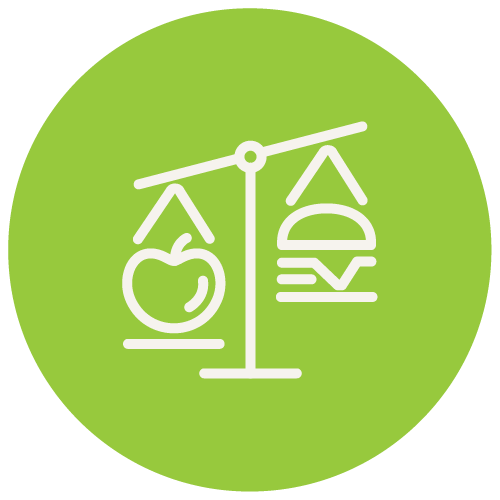
Proper diet is one of the important elements in managing diabetes. Because one type of diet does not fit all we recommend that you review your meal plan need with a qualified dietitian. There has been a great deal of confusing and contradictory information in the past about the diabetic diet. Low Carbohydrate vs Low Fat. Our purpose is to cut though the fads and direct you to the resources that can help you make healthy sensible food choices.
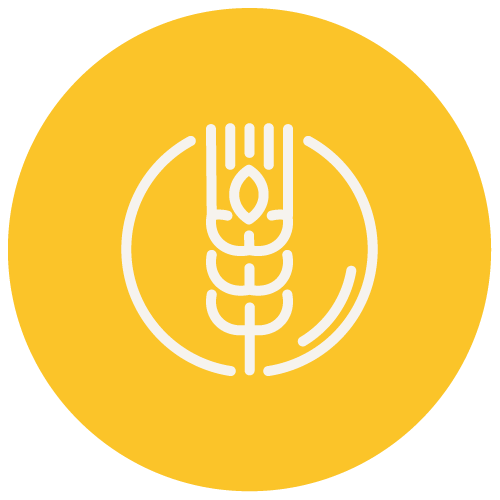
Not all carbohydrates are equal. Complex Carbohydrates are slower burning sugars. Lentils, Bulgar, Barley and Wheat kernels and other whole grains are examples of complex carbohydrates that have a low Glycemic rating and burn slowly. White rice, potatoes, white bread, and bagels are also carbohydrates and like simple sugars have a higher glycemic index. They can raise blood sugars more rapidly. To learn how different carbohydrates burn we recommend you check out David Mendoza’s Glycemic Index Carbohydrates are present in all foods except fat and proteins such as meat, fish, and chicken. which have no or mere traces of carbohydrate.
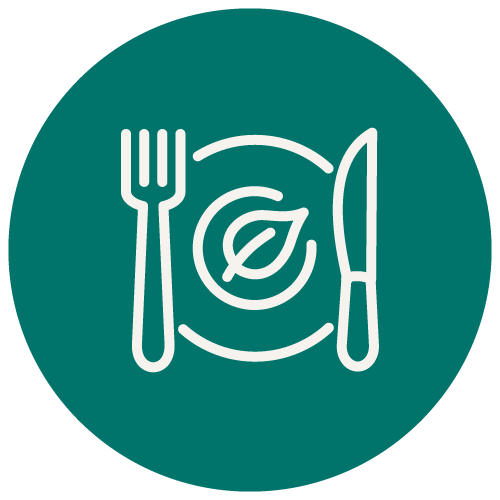
Avoid foods that are high in saturated fat, sugar, and/or fried. Avoid fatty cuts of meat, deep fried foods, pastries, sweet rolls and breads, cookies, cakes. syrups, candies, carbonated beverages made with sugar, sugared fruit drinks, gravies, sauces, or salad dressings made with fats, flour and/or sugar.
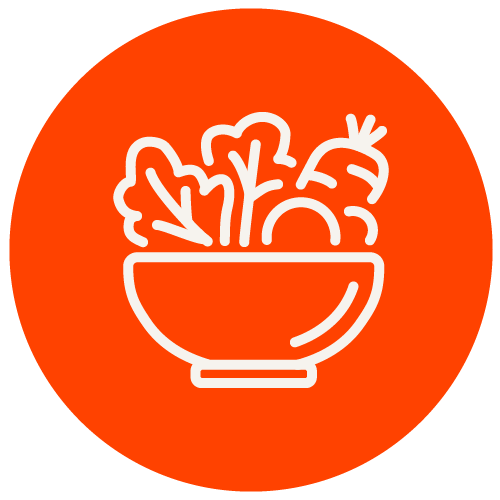
Bake, steam, and broil meats, fish and poultry. Replace deep fried foods by sautéing meats and vegetables in unsaturated oil (just enough to coat the pan). Use small amounts of olive oil or poly-unsaturated oils for salad dressings. Use margarine and buter sparingly. Use non-fat yogurt in place of sour cream or to replace mayonnaise. Read the label carefully when purchasing low-fat or non-fat mayonnaise or salad dressings as they often are made with large amounts of sugar. Replace ketchup with tomato sauce seasoned with herbs and spices.
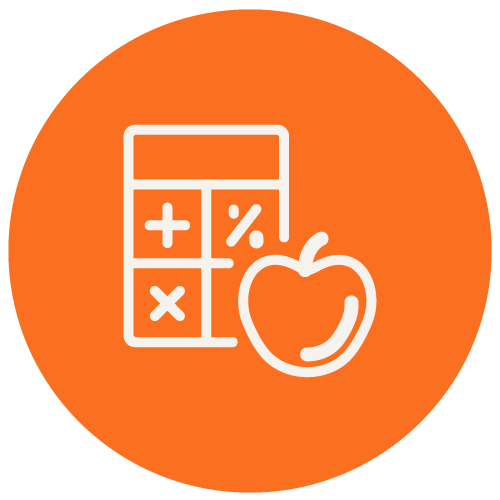
Working out a daily meal plan that is based on the number of carbohydrate grams you eat each day can help keep Blood Glucose levels under control. Learning how to count carbohydrates is a very useful tool in keeping a proper balance between diet, exercise, insulin and oral diabetes medications, There are many useful tools that can help you get started, including books, Software and places on the net. One of our most favorite sites for sensible eating information is The Nutrition Source a Web site maintained by the Department of Nutrition at the Harvard School of Public Health.

Read labels on the packaged, canned and frozen products you buy. The U.S. Government food-labeling law requires that the largest amount of an ingredient in a product be listed first on a food label, the second largest ingredient listed second and so on. U.S. law also requires that nutrition information as to calories, type of fat content, carbohydrate count, number of calories from fat, amount of sodium etc. also are listed. By learning to read food labels you can make smart choices as to whether or not a product fits into your meal plan. Remember Calories Count Too!

Beverages containing alcohol are converted into fat and are high in calories. People with diabetes should drink alcoholic beverages sparingly. If you are a Type 1 (Insulin dependent) diabetic or Type 2 (non-insulin dependent) diabetic and taking an oral medication, Never drink on an empty stomach.. Alcoholic beverage can rapidly lower the blood sugar, causing insulin reactions. Always drink an alcoholic beverage with food. A glass of wine or beer with a meal can be figured into your daily meal plan. Consult your dietitian or doctor for the proper way to include alcoholic beverages into your meal plan. See “Joanne Larsen, Ask the Dietitian“ for additional information.
The Nevada Diabetes Association has spent over 30 years redefining the diabetes experience, empowering individuals through inclusive programs, education, and support to help them lead healthier, longer lives.
Copyright 2025. All Rights Reserved. Site by Design On Edge
Copyright 2025. All Rights Reserved. Site by Design On Edge
The Nevada Diabetes Association has spent over 30 years redefining the diabetes experience, empowering individuals through inclusive programs, education, and support to help them lead healthier, longer lives.
Copyright 2025. All Rights Reserved. Site by Design On Edge
The Nevada Diabetes Association has spent over 30 years redefining the diabetes experience, empowering individuals through inclusive programs, education, and support to help them lead healthier, longer lives.